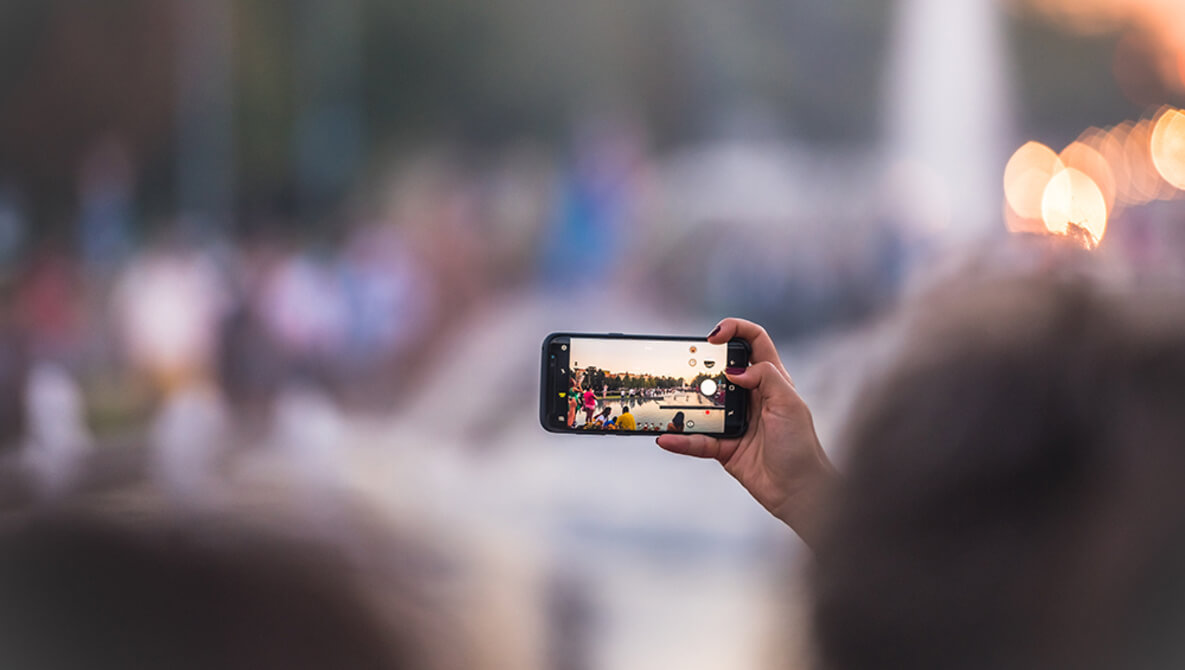The photographic applications of smartphones have gained a lot in quality in recent years, leading much of the digital camera market ahead.
For years, the photographic performance of a mobile phone is directly related to the quality of its lenses and the power of the sensor. The arrival of computer photography and artificial intelligence has completely changed the rules of the game and now it is necessary to have the best possible hardware, but also a system that manages it intelligently.
The application of artificial intelligence in photography has made it possible to overcome the physical limitations that the lenses and sensors of the mobile cameras were facing, allowing them to continue improving their quality to levels close to the SLR cameras.
We are sorry to tell you that, if you notice that with your new mobile you make much better photos, it is not that you have become a Steve McCurry overnight. The reality is that your smartphone has done an intensive photography course.
Your smartphone, or rather the image processor (ISP) of your smartphone, has learned to control the entire photo capture process by adjusting the operation of the sensor and the lenses, as well as applying the appropriate settings in the postproduction of the Image obtained
All this automatic adjustment process carried out by your smartphone is known as computational photography.
The AI is primarily responsible for this prodigy, which through the use of algorithms and machine learning is able to adjust the way in which the camera's sensor captures light by grouping pixels (Pixel Binning) to improve the brightness or take Several consecutive photos even before the user has pressed the shutter button to ensure a perfectly focused and exposed shot.
Hardware control is not the only thing that artificial intelligence built into the mobile camera has learned to use to get such spectacular photos. He has also learned from the great masters in photography to know how much saturation, exposure a photograph needs to be viewed correctly depending on the amount of light available.
To turn a handful of algorithms into photo experts, a long training of this artificial intelligence has been necessary. This has been possible thanks to supervised machine learning, in which the artificial intelligence agent used to control what is related to photography is trained by watching and comparing tens of millions of photos until he learns which parameters are correct and which are not.
The computational photography applied to advanced hardware, allows to coordinate the operation of the sensors, with a specific algorithm for RYYB and one of the ISPs, in this way your Smartphone takes control of the photography parameters, even before you press the button shooting, anticipating movement to get more stable images.
The good thing about computer photography is that the user does not have to know how a stack of night photographs is made, how the HDR is executed or any other complex photographic technique. All you have to do is frame the scene you want to photograph and press the camera's shutter button. Artificial intelligence will do what is necessary to obtain the best possible image.
How is it possible for a smartphone to get such a wide zoom without having a mobile lens that can carry it out? The answer, once again, is found in artificial intelligence that, thanks to machine learning, manages to generate all the intermediate steps between the images taken by two lenses with different focal points with such precision that it is difficult to differentiate which image is obtained through a zoom optical or with a hybrid zoom managed with artificial intelligence.
The incorporation of new components such as ToF (Time of Flight) depth sensors have given new tools to computational photography to more accurately detect all the information in the scene, allowing it to use different parameters such as depth of field and dynamic selective blur , to identify precisely the location of different elements of the scene, making possible something as complicated as getting the background blur that is obtained in portrait mode, but applied to video and in real time.

